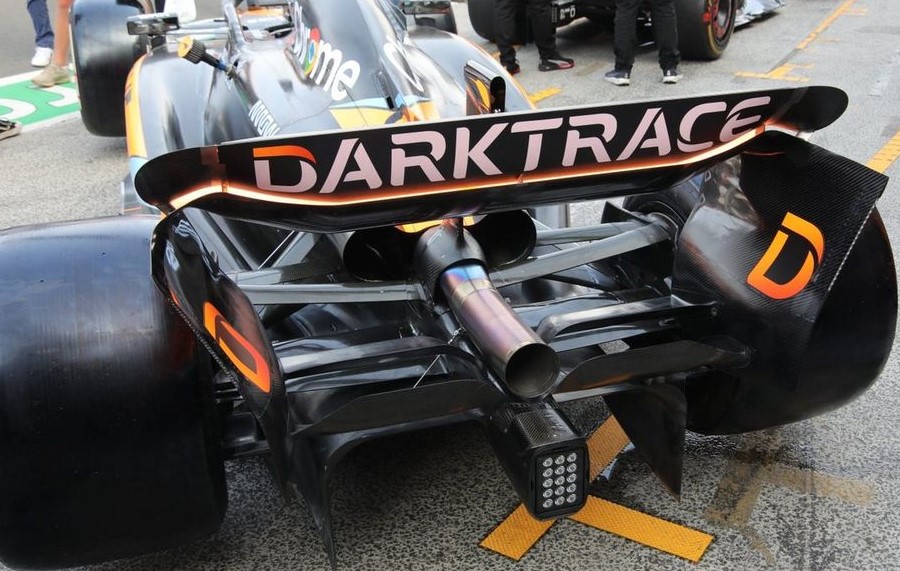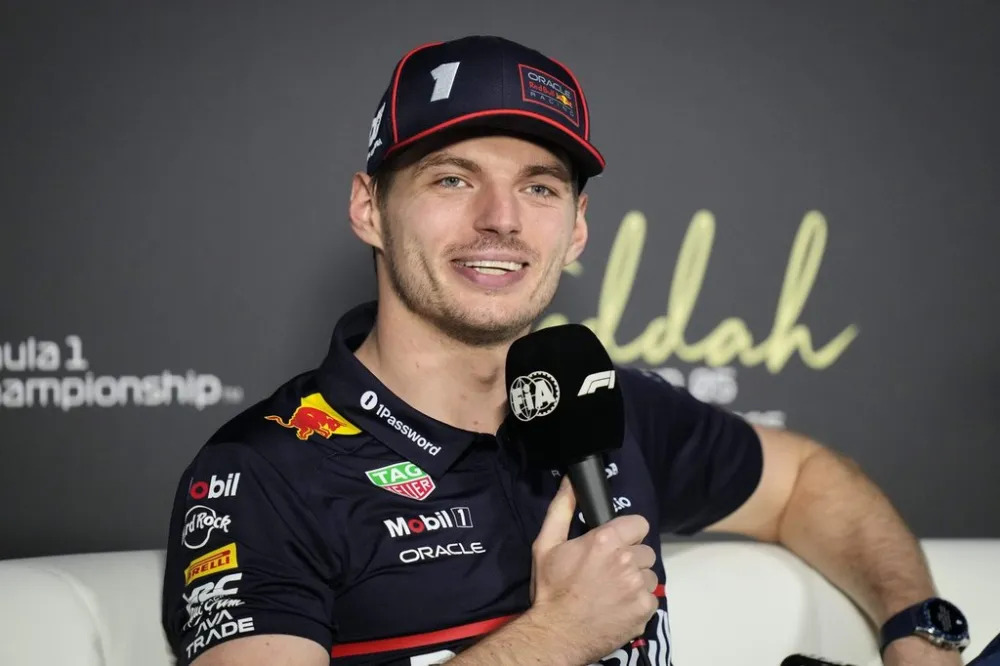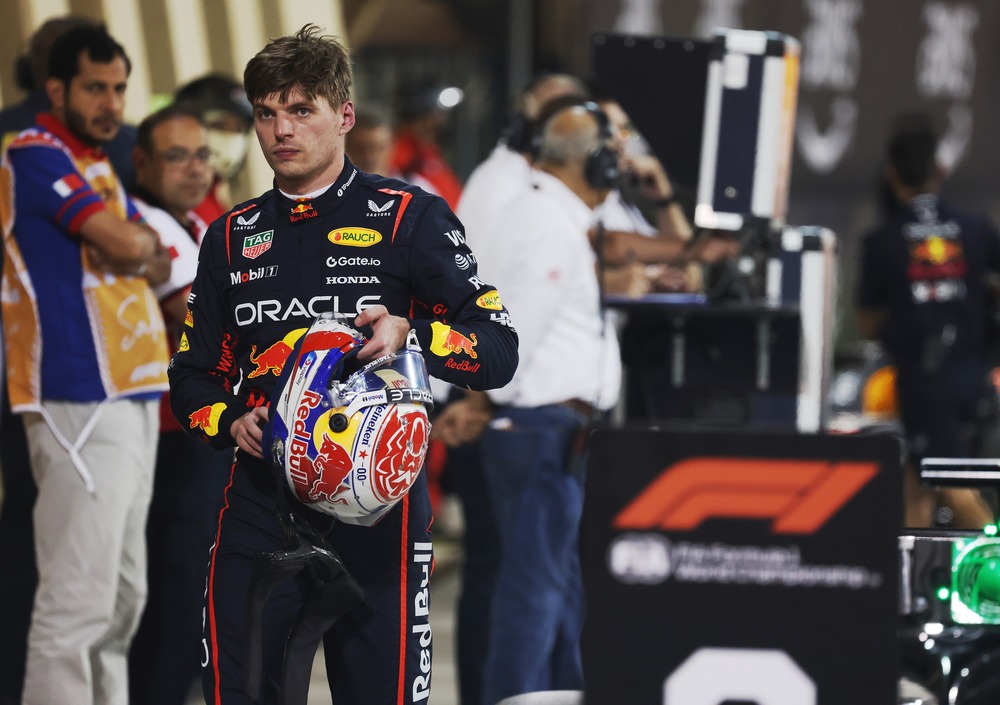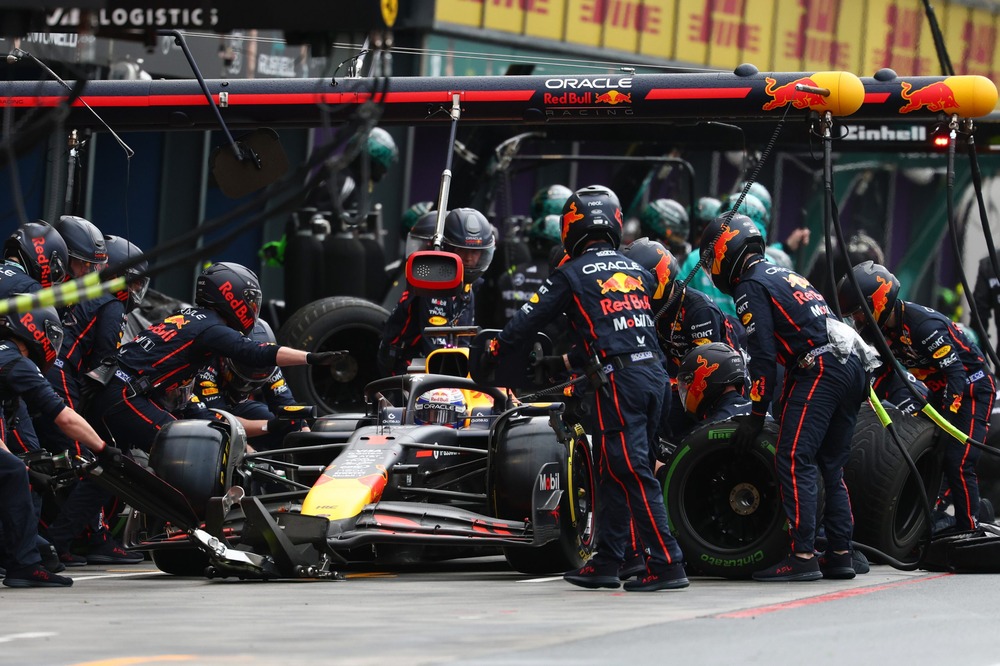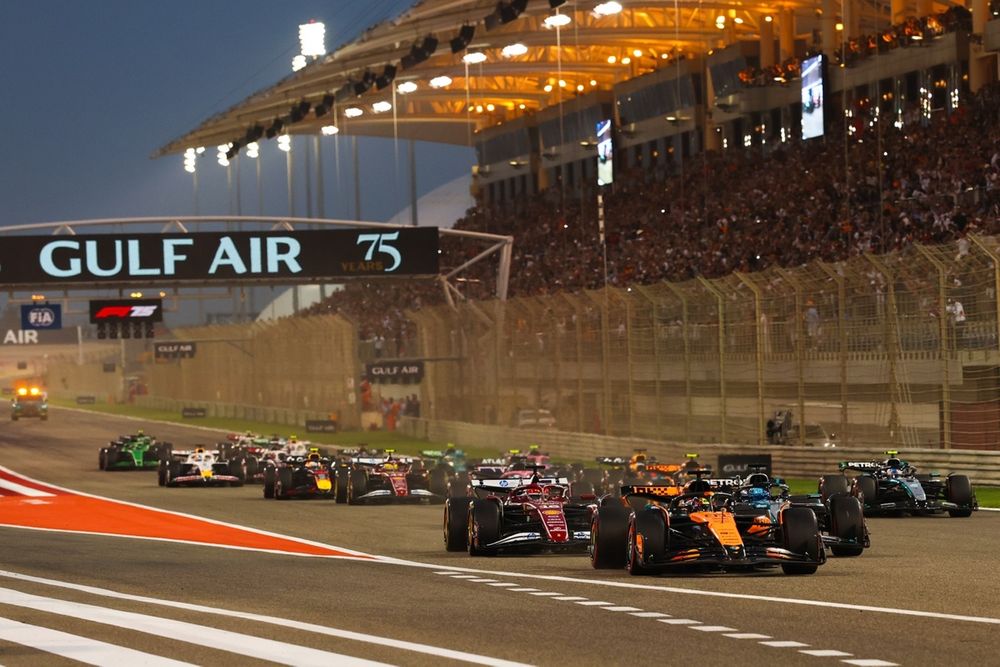The world of Formula 1 is no stranger to controversy and the latest development surrounding McLaren’s rear wing design in Baku has ignited a heated debate.
Following a stunning performance by McLaren at the Azerbaijan Grand Prix where Oscar Piastri secured a remarkable victory, suspicions have been raised regarding the legality of the team’s rear wing, particularly its flexibility during high-speed runs.
Observers noted that the DRS flap on Piastri’s car appeared to open slightly even when the system was not activated, leading to suspicions about the legality of McLaren’s aerodynamic innovations.
This situation has sparked a major debate within the F1 community regarding the boundaries of engineering within the sport. The flexibility of components like rear wings is not new; teams have historically pushed the limits of regulations to gain performance advantages.
However, McLaren’s recent performance, coupled with their innovative designs, has prompted rival teams to call for a thorough investigation into their compliance with FIA regulations.
During the Azerbaijan Grand Prix, Piastri’s MCL38 exhibited an unusual behavior where the DRS flap adjusted its angle under aerodynamic load without driver intervention. This phenomenon was particularly noticeable on Baku’s long straights, where high speeds and aerodynamic forces could potentially manipulate wing settings.
Such a capability could allow McLaren to maintain higher downforce while simultaneously achieving impressive top speeds—an advantage that could be pivotal in races.
The implications of this design are profound. If McLaren has indeed found a loophole in the regulations that allows for enhanced performance without breaching compliance, it could redefine competitive strategies for the remainder of the season.
Teams like Red Bull and Ferrari, who have historically dominated the grid, are now faced with a formidable rival that has not only improved their car but also potentially exploited regulatory grey areas.
McLaren’s technical director, Andrea Stella, has previously stated that their recent upgrades were focused on enhancing aerodynamic efficiency without sacrificing downforce. This approach seems to have paid off significantly, as evidenced by Piastri’s victory in Baku and Lando Norris’s strong performances throughout the season.
The introduction of new materials and designs for their rear wings has reportedly led to improved performance metrics compared to earlier iterations of the MCL38.
The controversy surrounding McLaren’s rear wing design is reminiscent of past debates in Formula 1 regarding flexible components. Teams often engage in a cat-and-mouse game with regulators, testing the limits of what is permissible under current rules.
The FIA has established static tests to ensure that components do not deflect beyond specified limits during normal operation. However, these tests may not fully capture dynamic behaviors experienced during actual racing conditions.
As rival teams scrutinize McLaren’s rear wing design, questions arise about whether current regulations adequately address such innovations. Some experts suggest that the FIA may need to revise its testing protocols to account for dynamic deflections that occur under racing conditions rather than solely relying on static tests conducted in controlled environments.
The situation is further complicated by McLaren’s recent success in securing multiple race wins this season. Their ability to challenge leading teams has previously raised concerns with Red Bull filing a complaint against team papaya’s flexi wing but was later thrown out after the FIA confirmed legality of all wings.
The potential for a competitive imbalance resulting from innovative engineering solutions is a topic that resonates deeply within F1 circles. However, the FIA is yet to comment on the matter

